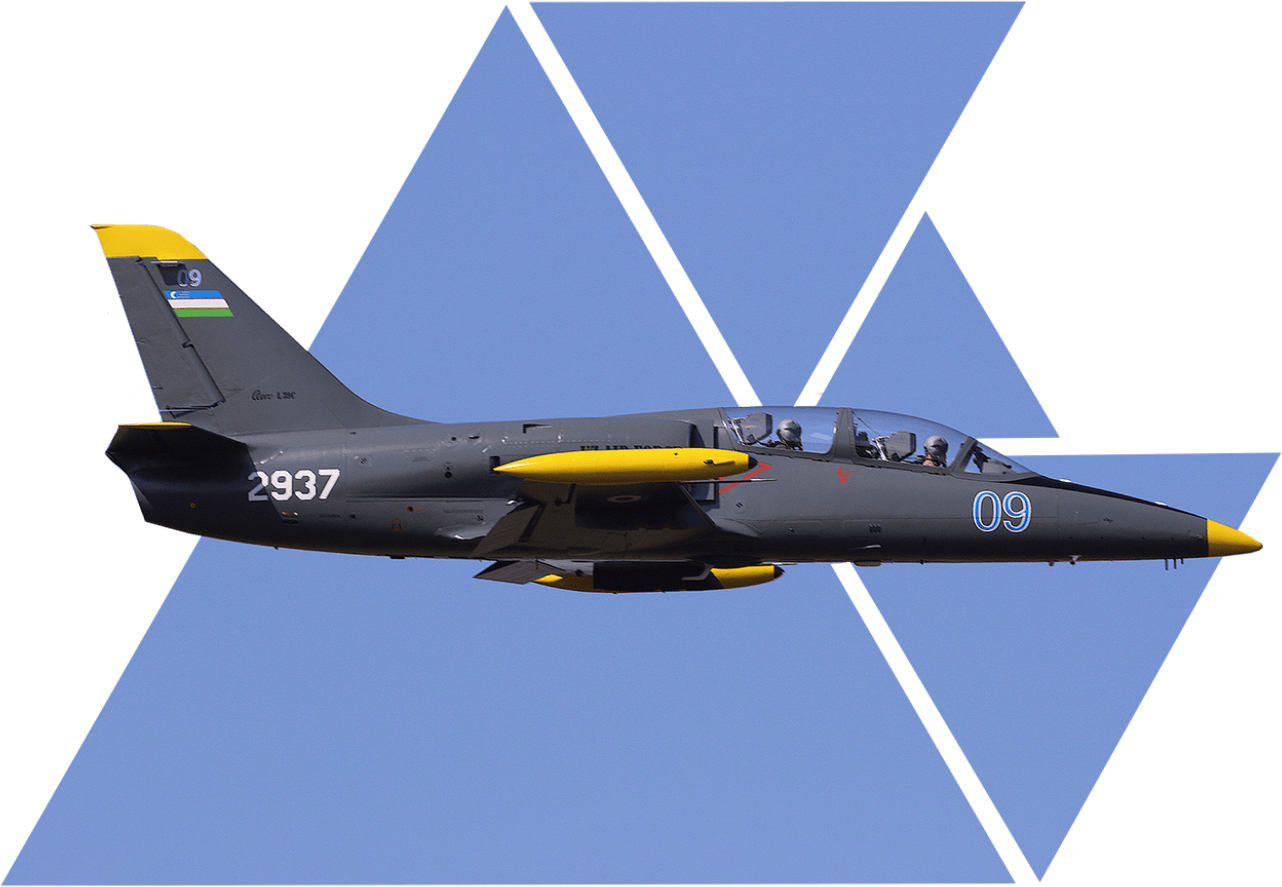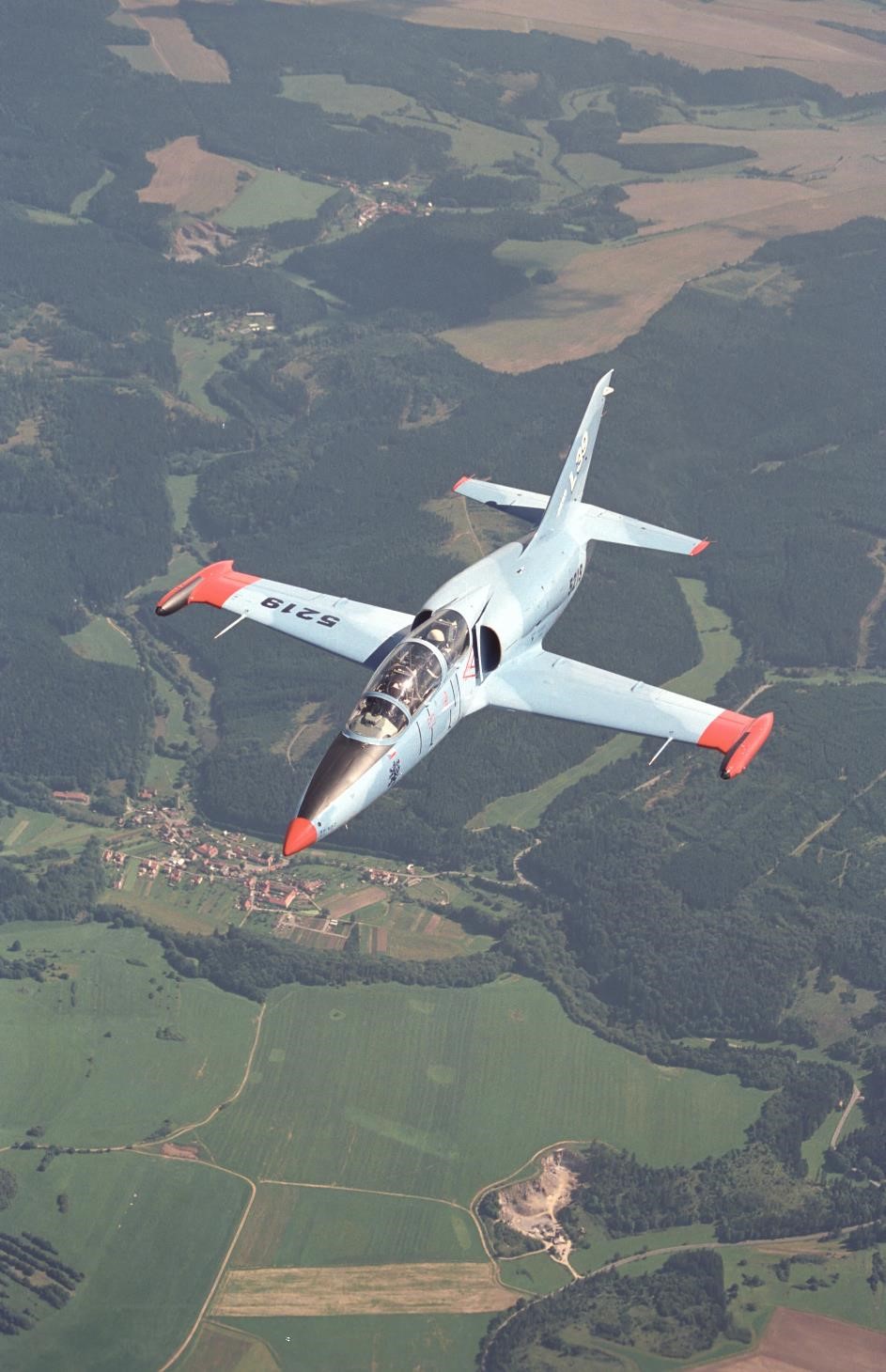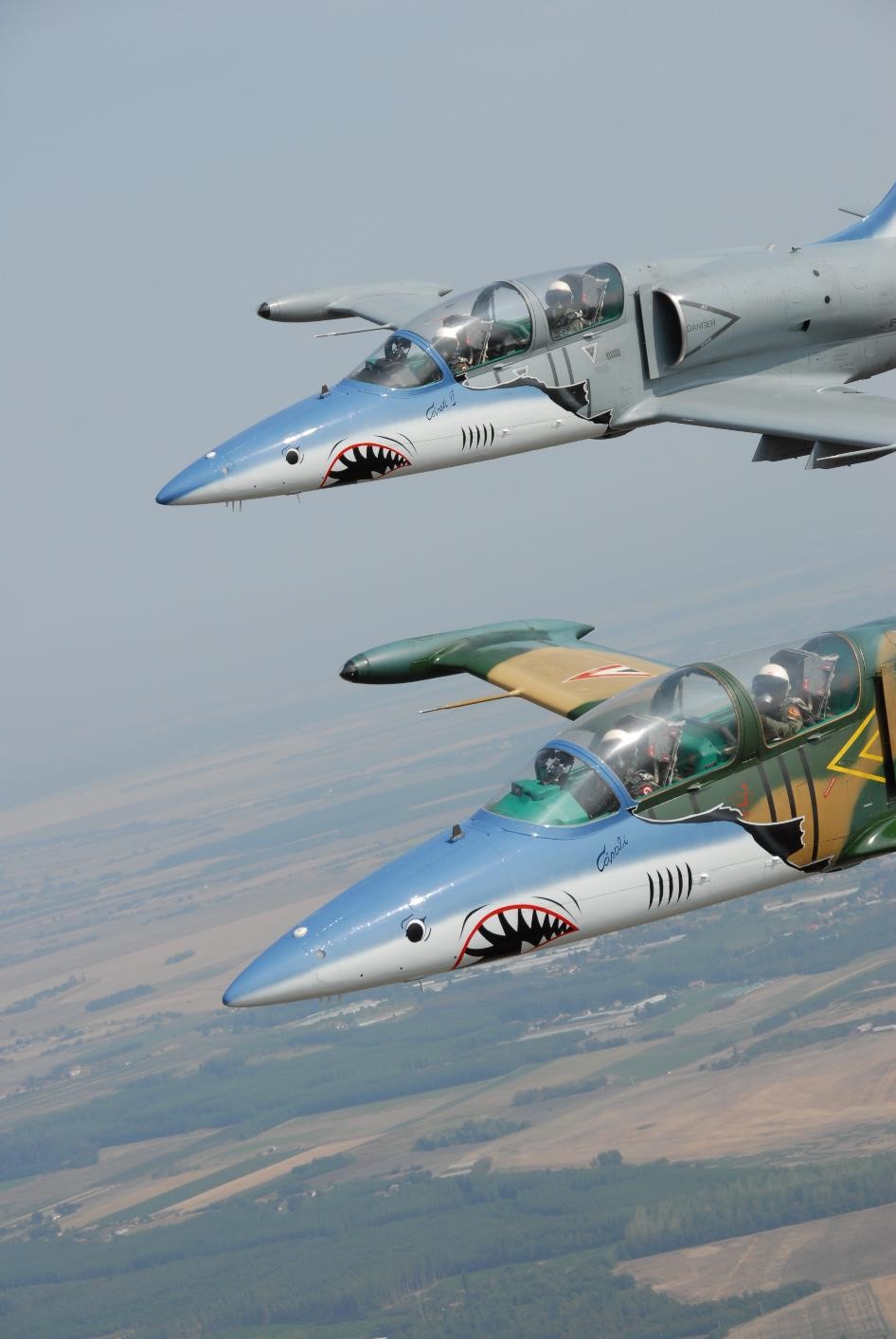
L-39 Albatros

- First flight in 1968/end of production in 1995
- Jet trainer for Warsaw Pact countries
- Almost 3,000 produced
- More than 40 military operators in all climatic conditions
- Still used by 20 acrobatic teams
- Around 700 L-39 aircraft still in civil and military operation


L-39 Albatros

Avionics | HUD | VOR/ILS/DME | VHF radios | Identification | NVG
Flight gear | Helmets and masks | Anti-G | Life jackets
Safety pages | Accident recorder | VS-2 ejection seat | HUMS | Formation lights
Systems | Flexible Teflon hoses | Vibration meter | Ice detector | Ni-Cd battery | OBOGS

L-39
Aero offers L-39 users a wide range of short-, medium-, and long-term solutions.
Aero offers a comprehensive maintenance programme for the L-39, which enables it to fly for decades to come.
-
Overhauls
Maintenance Repair & Overhaul
An overhaul literally gives an aircraft a “new lease of life”. We use unique know-how, documentation, and overhaul methods to ensure safe and reliable future operation.
Overhauled aircraft fulfil the same requirements as completely new aircraft coming off the production line, and have the full Aero guarantee.
-
Service life extension programme
Service life consumption and extension programmes
The service life of the L-39 is limited by cumulative fatigue, which is determined primarily by the amount and frequency of vertical load during operation.
If the aircraft is operated within the recommended design spectra, the aircraft’s actual service life in terms of flight hours exactly corresponds to the entries in the log book, and can reach 3,000–4,500 flight hours (depending on the version).
Remotorisation
For L-39 operators that want to increase their aircraft’s performance and availability, Aero offers the option of remotorising existing aircraft with new Williams International FJ44-4M engines with an output of 16.87 kN.
Logistics Support
We provide full after-sales support (spare parts, services, training, consulting, etc.)
o shorten delivery times and increase flexibility, Aero recommends that its customers take advantage of the FOSS (follow-on support service) contract.
In order to ensure the airworthiness of the L-39, despite the increasing age and number of hours flown, new maintenance and overhaul methods are used, including:

Technical specifications
| Parametr | L-39C | L-39ZO | L-39ZA |
|---|---|---|---|
| Wing span | 9,46 m | 9,46 m | 9,46 m |
| Length | 12,13 m | 12,13 m | 12,13 m |
| Height | 4,77 m | 4,77 m | 4,77 m |
| Wing area | 18,80 m2 | 18,80 m2 | 18,80 m2 |
| Empty aircraft weight | 3 456 kg | 3 470 kg | 3 400 kg |
| Maximum ramp weight | 4 700 kg | 5 616 kg | 5 500 kg |
| Load per surface unit | 229 kg/m2 | 296 kg/m2 | 290 kg/m2 |
| Maximum level speed (H = 0 m) | 700 km/h | 610 km/h | 610 km/h |
| Maximum speed (H = 5 000 m) | 750 km/h | 630 km/h | 620 km/h |
| Never exceed speed (sea level) | 910 km/h | 850 km/h | 850 km/h |
| Landing speed | 165 km/h | 185 km/h | 195 km/h |
| Maximum rate of climb | 22 m/s | 13,5 m/s | 13,5 m/s |
| Climb time to 5 000 m | 5 min | 10 min | 11 min |
| Service ceiling | 11 500 m | 7 500 m | 7 500 m |
| Take-off run (sea level) | 480 m | 970 m | 1 100 m |
| Take-off on grass | 630 m | ||
| Landing run | 600 m | 800 m | 800 m |
| Landing on grass with braking (m) | 700 m | ||
| Range at H=5 000 m | 1 000 km | 1 260 km | 1 200 km |
| Endurance | 2,30 h | 3,20 h | 3,20 h |





